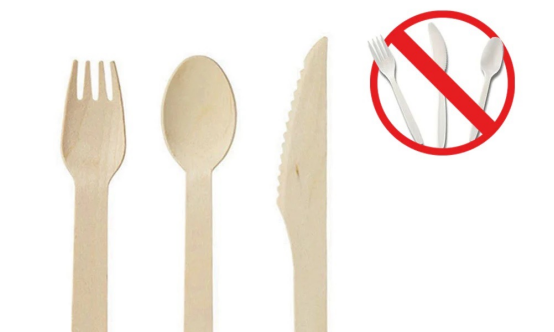The Importance of Disposable Gloves in Modern Healthcare and Daily Life
Disposable gloves have become an essential component of both healthcare settings and everyday activities, playing a vital role in infection control and hygiene. With the increasing awareness of the importance of personal protective equipment (PPE), the usage of disposable gloves has expanded beyond medical professionals to a variety of industries and even households.
One of the primary reasons for the widespread use of disposable gloves is their effectiveness in preventing the transmission of pathogens. In healthcare settings, practitioners often come into contact with blood, bodily fluids, and various infectious materials. Wearing disposable gloves minimizes the risk of contamination and protects both the healthcare worker and the patient. This barrier is crucial during procedures such as surgeries, examinations, and vaccinations, where the potential for exposure to harmful microorganisms is high.
In response to global health crises, such as the COVID-19 pandemic, the demand for disposable gloves surged, highlighting their critical role in public health. Governments and health organizations emphasized the use of gloves as part of comprehensive safety protocols, especially in environments where social distancing might not be feasible. Supermarkets, restaurants, and public facilities adopted policies requiring employees to wear gloves, further integrating their use into daily routines.
disposable gloves

Beyond the healthcare and food industries, disposable gloves have found a place in home use. Many people now opt to use gloves for various household tasks, including cleaning, gardening, and personal grooming. This has become especially relevant during the pandemic, as individuals seek to enhance their safety while managing everyday chores. Using gloves while cleaning not only protects the hands from harsh chemical products but also reduces the risk of transmitting diseases through contact with contaminated surfaces.
The materials used to make disposable gloves are also an important consideration. Common options include latex, nitrile, and vinyl, each offering different levels of protection and sensitivity. Latex gloves, for example, are known for their exceptional elasticity and tactile sensitivity, making them a favorite among medical professionals. However, due to the potential for latex allergies, many are now opting for nitrile gloves, which provide a strong barrier against punctures and chemicals while being latex-free. Vinyl gloves are another alternative, often used in lower-risk situations where protection is still necessary, yet the application does not require as high a level of sensitivity.
In addition to their protective capabilities, disposable gloves are also a matter of environmental concern. The increase in usage has led to a rise in waste, prompting discussions about eco-friendly alternatives and proper disposal methods. Many manufacturers are now focusing on producing biodegradable options and promoting recycling initiatives to mitigate the environmental impact of single-use gloves.
In conclusion, disposable gloves serve an essential function in modern society, contributing to infection control and personal safety in various settings, from hospitals to homes. As the demand for hygiene and safety continues to grow, it is crucial for consumers and industries alike to be mindful of the materials used and their environmental implications. By making informed choices about disposable glove usage, we can promote not only better health outcomes but also a more sustainable future.



